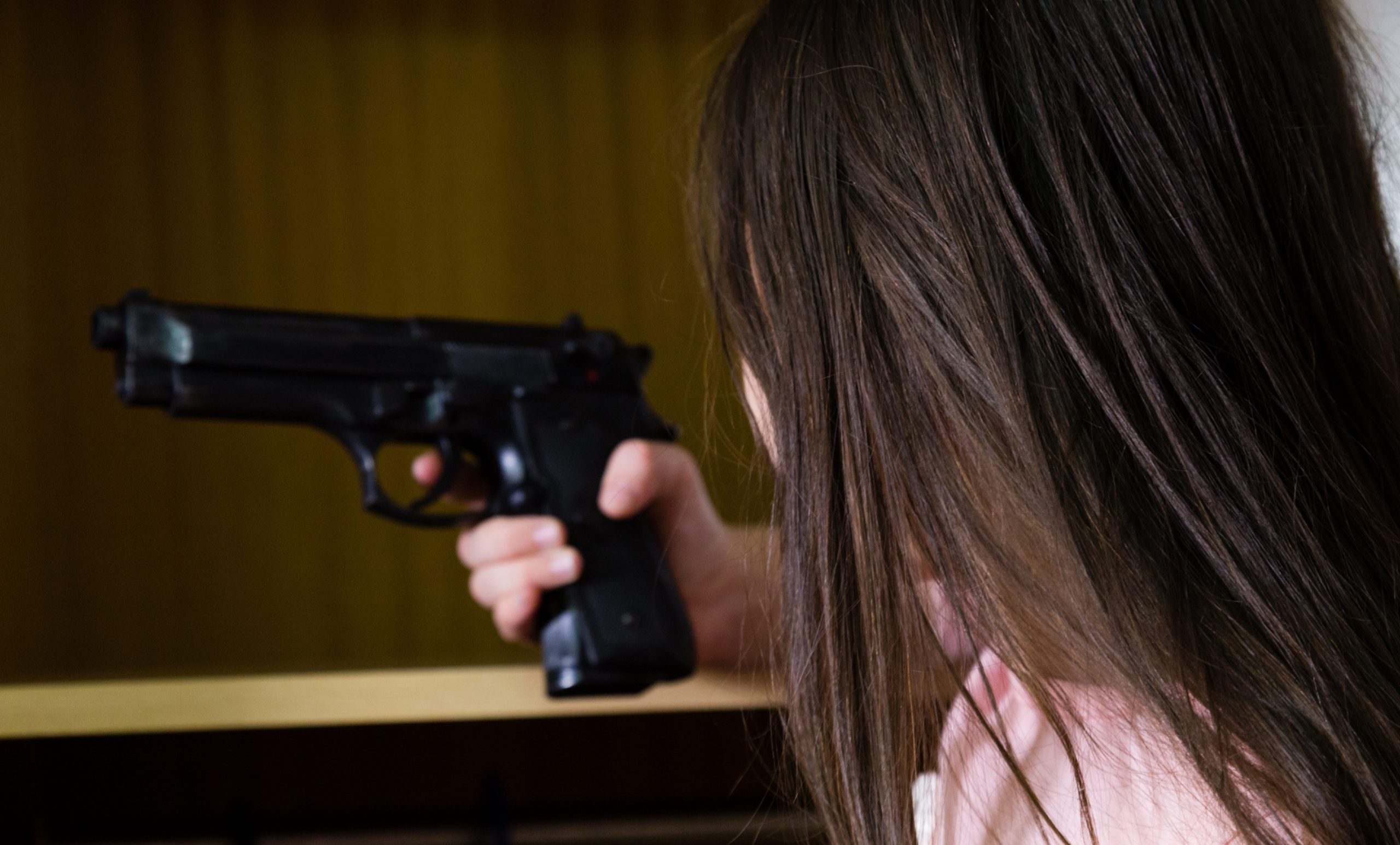The psychologist behind a new experiment that suggests that watching movies that feature guns can lead children to play with and try to fire a found firearm says he’s accustomed to his research sparking outrage from both the gun-rights and media worlds.
Brad Bushman, an Ohio State University psychologist and media studies professor, has spent years studying the “weapons effect” – how the presence of a gun can induce aggressive behavior or thoughts. The effect has been identified in situations with virtual guns, like video games, or real ones, like those a driver might carry while on the road. In experiment after experiment, Bushman has found that guns can prime people to act aggressively.
Bushman said his research reliably antagonizes typically conservative gun owners, since his findings suggest that the mere presence of weapons can lead to aggression. It has also prompted criticism from typically left-leaning movie producers and video game developers, who bristle at the implication that their work could be responsible for violence.
“Gun owners hate me and video game players hate me,” Bushman said. His new study, published Monday in the Journal of the American Medical Association Pediatrics, “will likely piss off both gun owners and the movie industry,” he said.
In the paper, Bushman and co-author Kelly Dillon said they found that children ages 8 to 12 shown a PG-rated movie featuring guns were more likely to handle a disabled .38 revolver left in a toy room than those who viewed a version of the film with weapons edited out — and that those who had seen the movie were much more likely to pull the trigger.
The report says that children who saw weapons onscreen pulled the trigger a median 2.8 times and held the gun for a median 53.1 seconds. One child who had viewed the movie with guns put the disabled firearm to another child’s head and pulled the trigger. Another pointed the weapon out of the lab window at people on the street.
Kids who didn’t see the movie with guns held the found firearm for a median 11.1 seconds — and many didn’t touch it at all, or immediately alerted a research assistant. Most did not attempt to pull the trigger.
“There are three takeaways from my experiment,” Bushman explained. “One, don’t let your kids watch gun violence in movies or TV. Two, for the movie industry, ask why there are warnings for alcohol and tobacco but not guns. Three, for gun owners, secure your guns.”
The weapons effect has been identified in experimental settings by academics since the late 1960s, but the idea is controversial. A 2009 review of literature on the subject found that while “the experimental evidence for a ‘weapons effect’ is robust, the phenomenon has yet to be generalized to real world scenarios.”
Other psychologists, like Duke University’s Jeffrey Swanson, cast doubt on the significance of media influences as a sign of future violence in comparison to other risk factors like past antisocial or violent behavior.
When the state of California used evidence from research on the weapons effect to defend a law restricting the sale of violent video games to children in a 2010 Supreme Court case, Brown v. Entertainment Merchants Association, the majority of justices found it unconvincing. In his majority opinion, Antonin Scalia wrote that conclusions were based on correlation without an explanation of causation, and the outcomes deemed more aggressive seemed insignificant. He noted skeptically that one experiment in which children were judged more violent after playing a video game, they used a “d” rather than an “r” to fill in a blank in the word explo_e.
Film industry groups like the Motion Picture Association of America have not yet responded to Bushman’s latest research. Video game writers have argued that Bushman’s similar past research shows an unfamiliarity of just who creates and enjoys violent media, and why they do so.
On the blog Techdirt, Tim Cushing wrote that Bushman is “the go-to man for talking heads who want their own perceptions of Big Bad Video Games confirmed.”
The NRA has called weapons-effect research “dubious” and journals that publish papers on the topic “uncritical” — even as it has lobbed attacks against filmmakers for glorifying gun violence. At the NRA’s 2016 annual meeting in Louisville, Kentucky, its leader, Wayne LaPierre, slammed “Hollywood media elites” who back gun control while simultaneously “dousing our kids with reckless, gratuitous, irresponsible gun play.”
The group is not immune to the charms of big guns on the big screen, though. This May, its American Rifleman magazine devoted a two-page spread to the prop gun used by the actor Bradley Cooper in the 2014 Chris Kyle biopic American Sniper, which was rated rated R for “strong and disturbing war violence.”
Bushman said he’s accustomed to skepticism. The closest scrutiny comes from his own editors at academic journals, he said.

